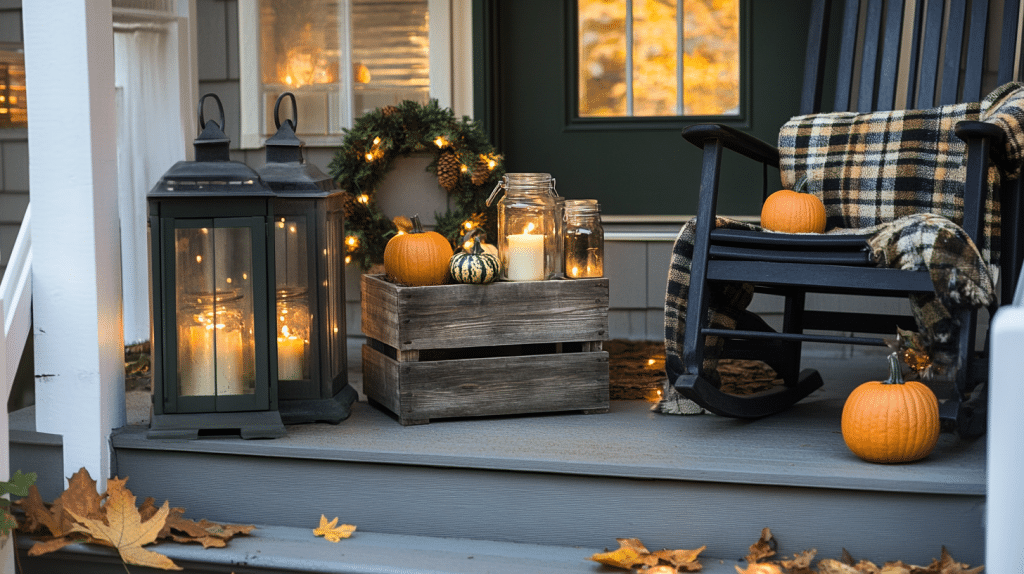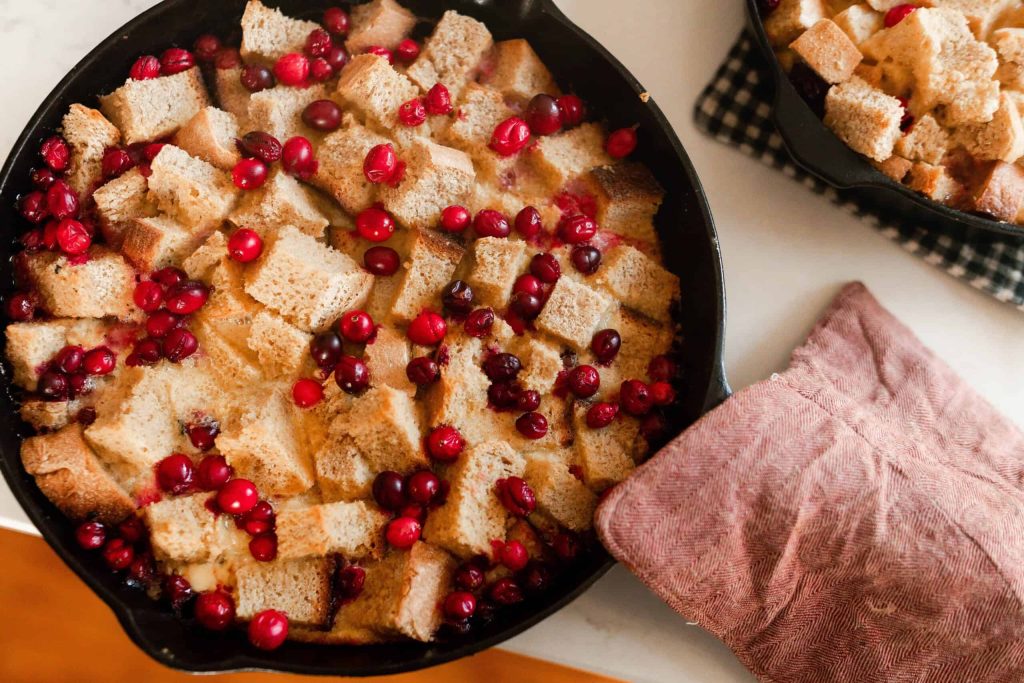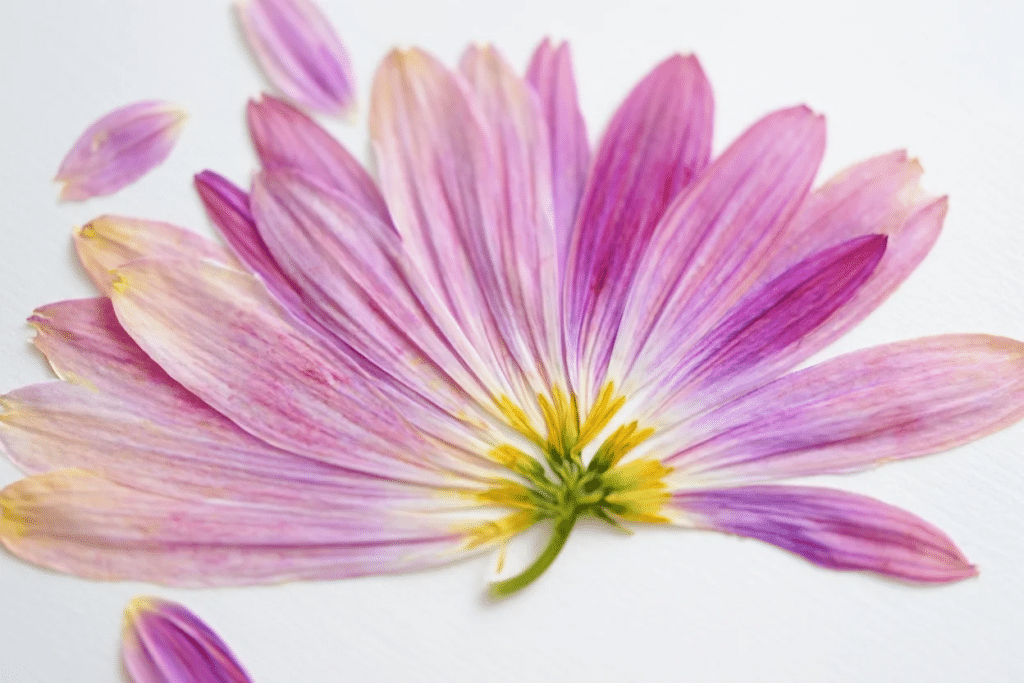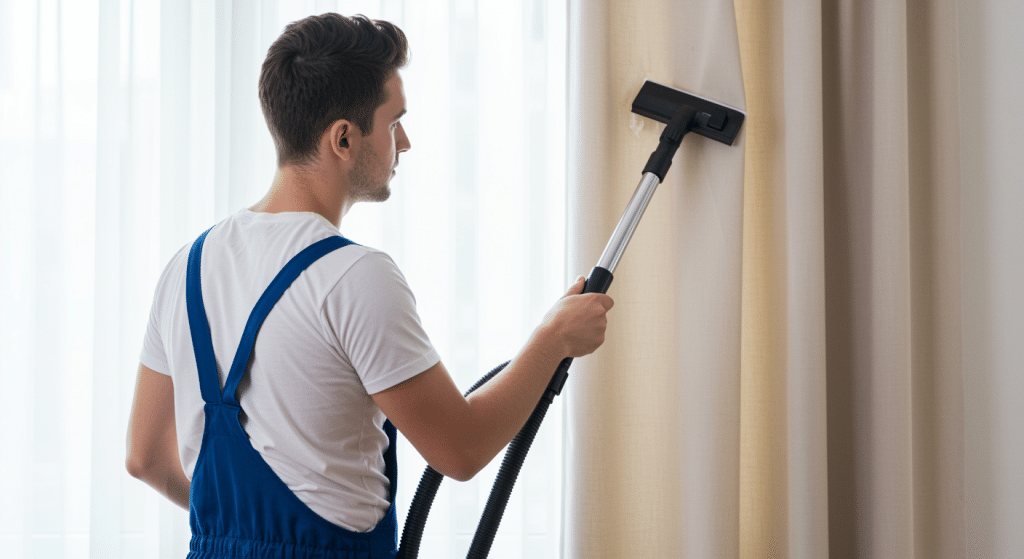Many of us know that wreaths are an easy way to make a home feel warm and inviting.
You might hang one on your front door, set it inside your living room, or bring it out for special occasions. Some people love using a beach wreath made with shells and driftwood to add a touch of the ocean to their space.
No matter which option you choose, most people wonder: how long will my wreath really last? With the right care, wreaths can stay bright and beautiful much longer than we often expect.
Types of Wreaths and Their Typical Lifespan
Wreaths can be made from many different materials, and each type lasts for a different amount of time. Knowing these differences will help you choose the right one.
1. Fresh natural wreaths
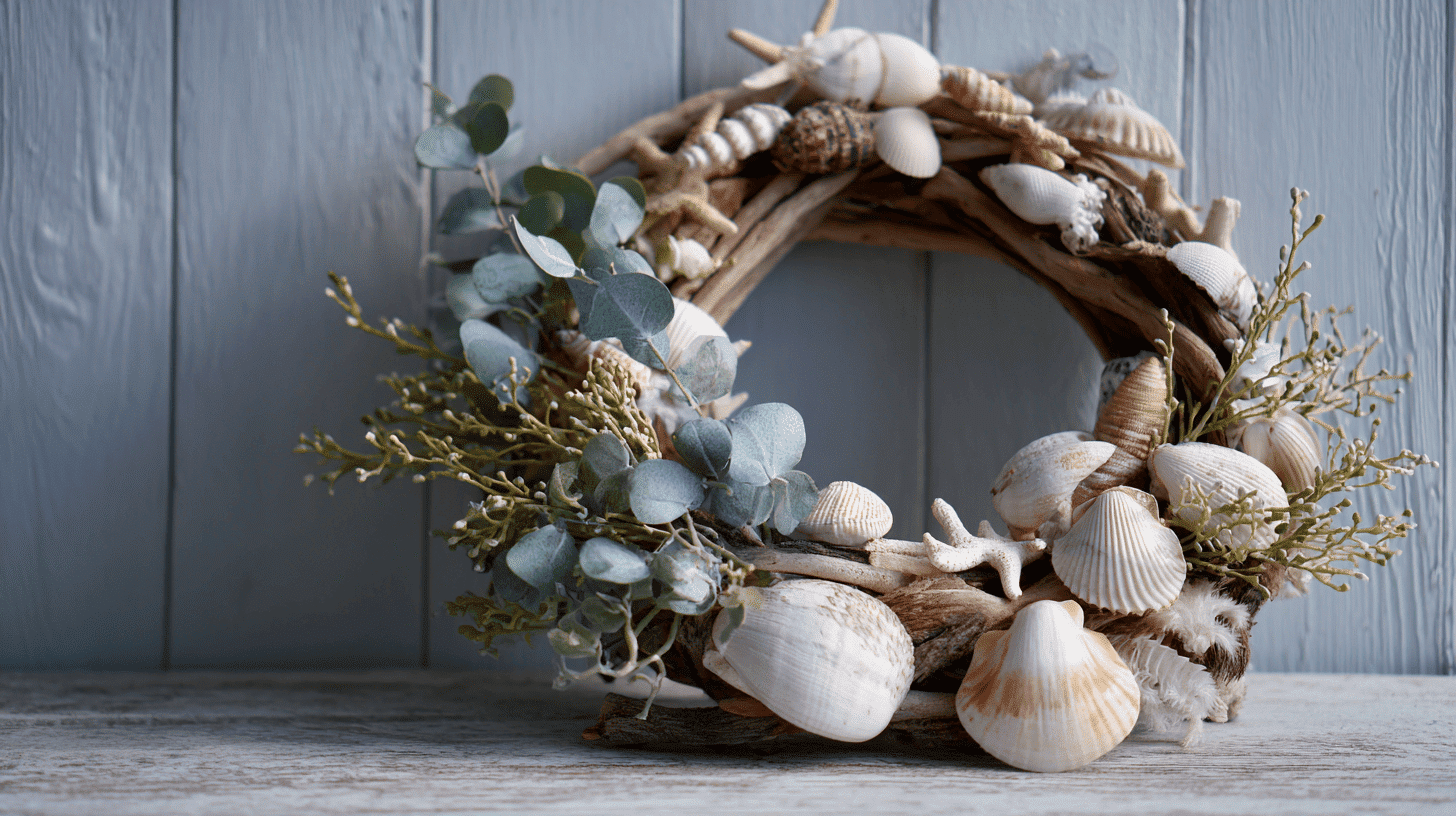
Made from real plants like evergreens, flowers, or herbs. Some have shells for decoration, perfect for summer or a beach wreath style.
They look and smell great, but last only 3 to 6 weeks with care.
2. Dried and preserved wreaths
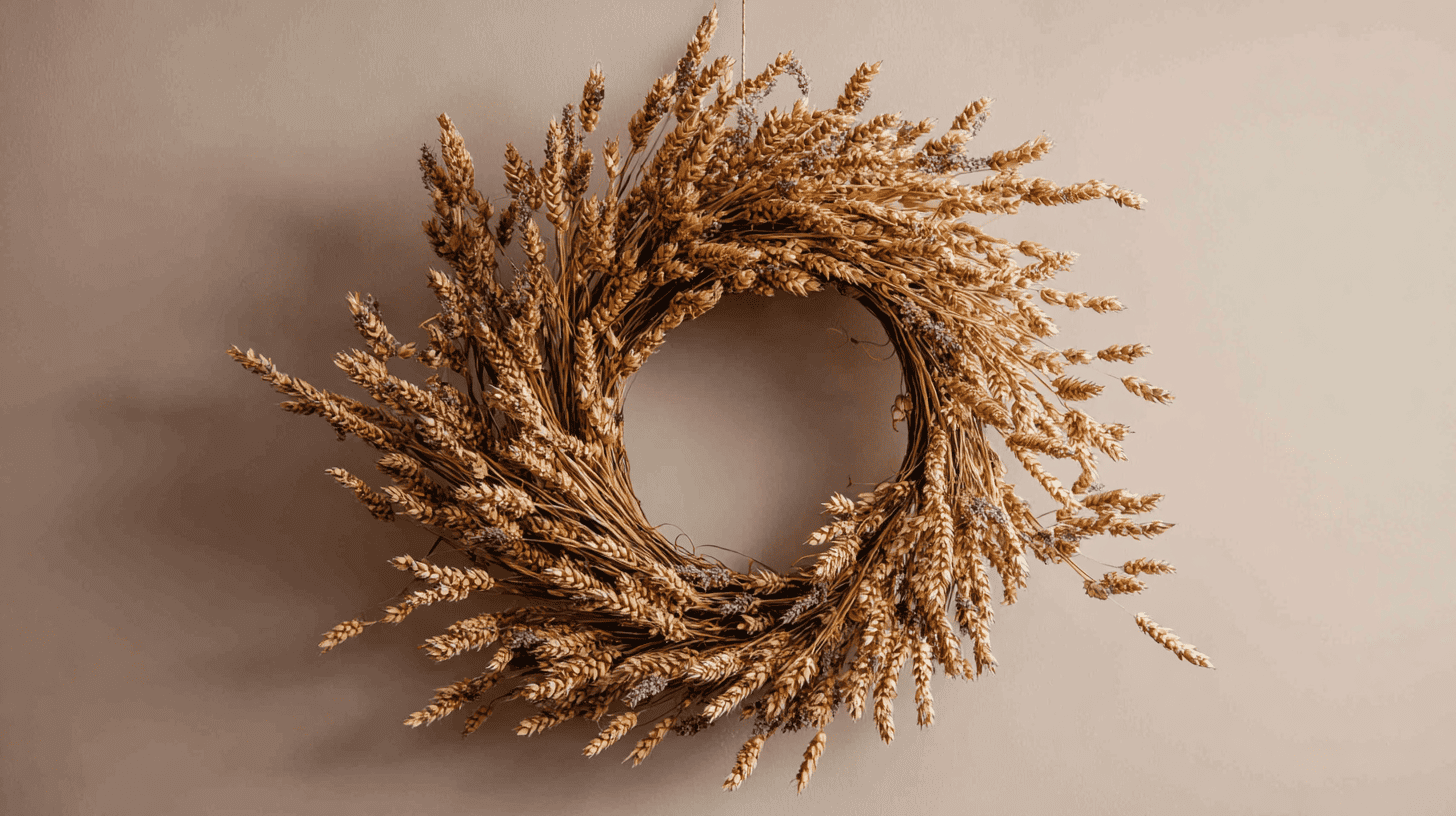
These wreaths are made from dried flowers, leaves, or grasses. They last much longer than fresh ones, often for several months.
To keep them looking nice, they should be displayed indoors, away from direct sunlight and damp areas. Preserved greenery usually lasts even longer with care.
3. Artificial or synthetic wreaths
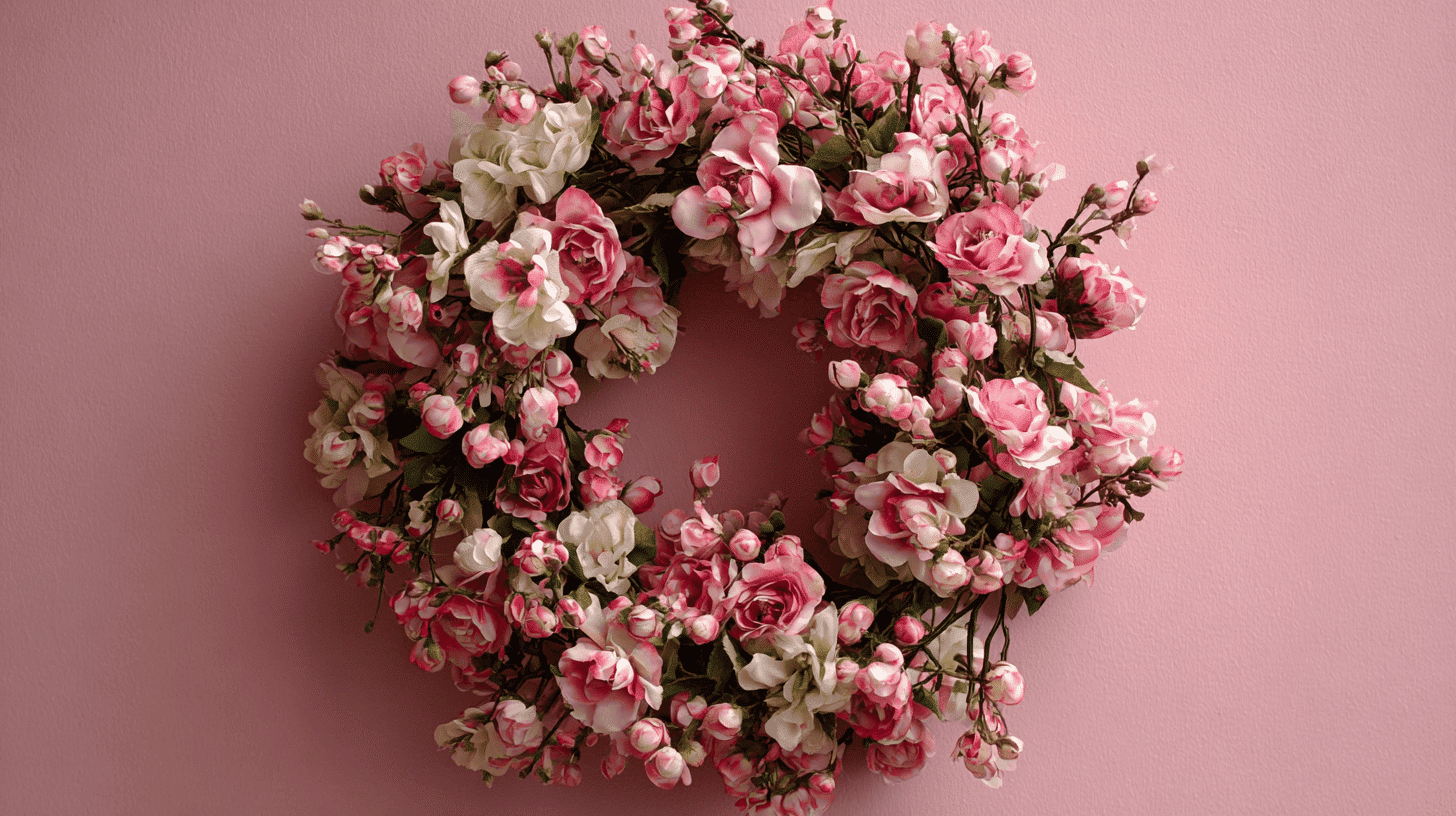
These wreaths are made from materials like plastic, silk, or polyester. Unlike fresh or dried styles, they don’t fade or break as quickly.
With gentle cleaning and safe storage, an artificial wreath can stay attractive for many years, making it a smart, budget-friendly choice.
4. Material matters
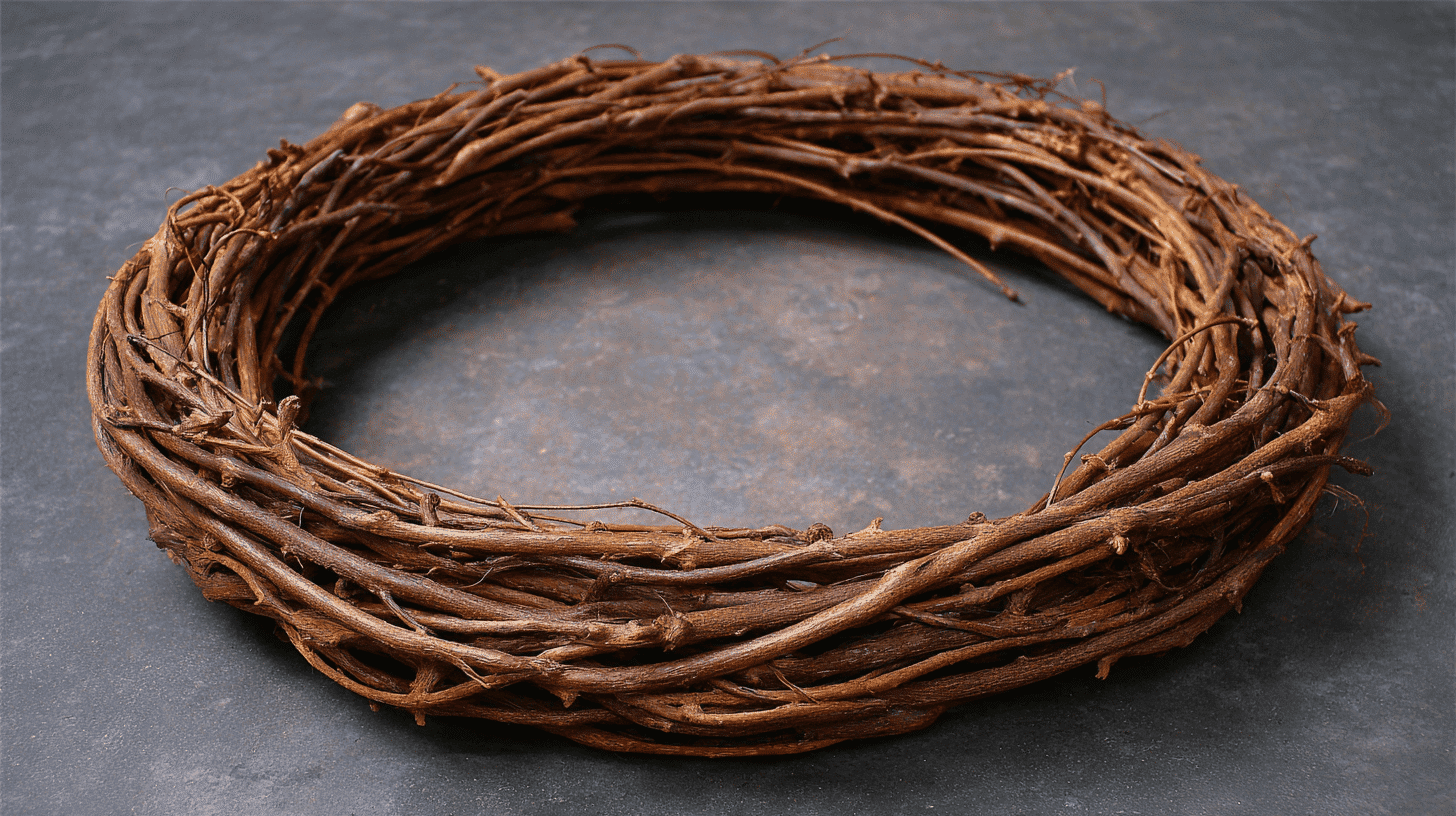
The type of base and decorations makes a big difference in how long a wreath lasts. Strong frames like grapevine or wire can hold up for years.
Using durable accents, such as artificial berries or bows, instead of real ones, also helps extend the wreath’s overall life.
Key Factors That Determine Wreath Longevity
Not all wreaths last the same amount of time. How long yours stays fresh and beautiful depends on a few key factors you should keep in mind.
- Exposure to weather, including direct sun, rain, wind, and humidity, quickly ages wreaths. Indoor placement or sheltered outdoor spots help preserve them.
- Wreaths crafted with quality and care, featuring secure decorations, generally last longer than mass-produced, loosely assembled ones.
- Rough handling can crush flowers or detach pieces, and improper storage can cause mold or pests.
- Seasonal wreaths, displayed a few weeks per year, last longer than year-round ones.
By paying attention to these details, you can better protect your wreath and enjoy its beauty for much longer, whether it’s used seasonally or all year round.
How to Care for Your Wreath and When to Refresh It
A well-cared-for wreath can brighten your home for months, but only if you give it the attention it deserves.
- Placement matters: Keep wreaths indoors or shaded; avoid direct sun and heavy rain.
- Clean regularly: Dust artificial ones or shake fresh/dried ones gently.
- Store well: Use breathable bags or sturdy boxes in cool, dry spots.
- Protect if needed: Spray preserved/dried wreaths with clear sealant to prevent fading.
Time to Refresh When:
- Colors fade or look dull.
- Flowers/greens break off easily.
- Materials sag, crack, or get brittle.
- Musty odors, mold, or insect damage appear.
With a little upkeep and knowing when to refresh, your wreath will always look inviting and seasonal.
DIY and Buying Tips for Long-Lasting Wreaths
Selecting the right wreath can seriously impact its longevity. A few smart choices up front will save time and money later
- Select strong bases like grapevine, wire, or foam that can support heavier decorations.
- Mix natural and synthetic elements. For example, use real greenery for fragrance but accent with faux berries or bows for durability.
- When buying, check how securely items are attached and ask about care instructions.
- Choose wreaths designed for your intended location, especially if you want one to handle outdoor weather.
Deciding whether to make your own wreath or buy one depends on your preferences, time, and budget. Many find that weighing cost, quality, and convenience helps make the best choice.
Wrapping it Up
Wreaths add beauty and cheer, whether fresh, dried, preserved, or artificial.
The lifespan of your wreath depends on the materials, its storage location, and the care you provide. Fresh wreaths usually last a few weeks; artificial ones can last many years.
Also, remember that choosing the right size wreath and placing it well makes a big difference. A wreath that fits your door and style will look balanced and inviting, whether you made it yourself or bought it.
With a little care, your wreath, whether a classic or a beach wreath, can be a lovely part of your home for a long time.
Frequently Asked Questions
How Do I Extend the Life of A Wreath?
Protect it from the sun, rain, and humidity. Store it properly and handle it gently during setup and storage.
What Wreath Materials Hold up Best Outdoors?
Artificial wreaths made of quality plastic or polyester work best outside. Preserved or treated natural wreaths may last a season if kept sheltered.
Can Wreaths Be Reused Year After Year?
Yes, artificial wreaths often last for many years if stored correctly. Dried and preserved wreaths may also be reused, though they are more fragile.
Are Artificial Wreaths Environmentally Friendly?
While they last longer and reduce waste, they are usually made of plastic. To be eco-friendly, consider reusing them for many years or opting for ones made from recycled materials.




